Introduction
Heart disease remains one of the leading causes of mortality worldwide, with millions of people requiring life-saving heart transplants each year. However, the shortage of donor hearts has long been a critical issue, leaving many patients without viable options. In a groundbreaking medical achievement, doctors in Australia have successfully implanted a titanium artificial heart into a patient, marking a historic milestone in cardiac medicine.
This cutting-edge titanium heart, engineered with advanced biomaterials and artificial intelligence, promises to redefine heart transplantation, increase survival rates, and improve the quality of life for patients with end-stage heart failure. In this article, we will explore the technology behind the titanium heart, its advantages over traditional heart transplants, and the future implications of artificial hearts in medicine.
The Need for Artificial Hearts
1. The Growing Burden of Heart Disease
Cardiovascular diseases (CVDs) account for over 17.9 million deaths globally each year. Conditions such as heart failure, coronary artery disease, and cardiomyopathy often lead to irreversible heart damage, requiring urgent transplantation.
2. The Shortage of Donor Hearts
- The availability of human donor hearts is extremely limited, leaving thousands of patients on long waiting lists.
- Many patients do not survive while waiting for a compatible donor.
- Rejection and immune system complications remain a challenge in traditional transplants.
3. The Need for Artificial Solutions
The development of mechanical heart replacements aims to bridge the gap between demand and supply by providing a durable, biocompatible, and efficient alternative to biological heart transplants.
The Titanium Artificial Heart: How It Works
1. What Is a Titanium Artificial Heart?
The titanium artificial heart is a fully mechanical heart replacement designed to replicate the functions of a natural human heart. Unlike previous artificial heart models that rely on external power sources, this next-generation heart is designed for long-term implantation with minimal risk of failure.
2. Key Features and Technology
- Titanium Structure: Ultra-lightweight, corrosion-resistant, and biocompatible.
- AI-Powered Pumping Mechanism: Regulates blood flow dynamically based on body activity.
- Energy-Efficient Design: Runs on long-lasting rechargeable batteries.
- Autonomous Operation: Simulates natural heart contractions to optimize circulation.
- Minimally Invasive Integration: Can be implanted with reduced surgical risks.
Advantages of Titanium Artificial Hearts Over Traditional Heart Transplants
1. Eliminates the Need for Donor Hearts
- No dependency on human donors, reducing waiting times.
- Can be customized for individual patients.
2. Minimizes Risk of Organ Rejection
- Unlike human transplants, titanium hearts do not require immunosuppressive drugs.
- Reduces the risk of organ failure due to rejection.
3. Long-Term Durability and Reliability
- Titanium is resistant to wear, corrosion, and biological degradation.
- Functions efficiently without tissue deterioration.
4. Enhanced Blood Circulation and Oxygen Delivery
- AI-powered mechanisms adjust heart rate and blood flow based on activity levels.
- Prevents blood clot formation with smooth internal surfaces.
5. Potential to Be More Affordable in the Long Run
- Reduces post-transplant medical expenses related to immunosuppressants and complications.
- Increases accessibility to life-saving technology for patients worldwide.
Challenges and Limitations
1. Technical and Engineering Hurdles
- Developing an energy-efficient artificial heart remains a challenge.
- Current models rely on external battery packs, requiring periodic charging.
2. Long-Term Biocompatibility
- The body’s response to long-term foreign implants remains under study.
- Further research is needed to minimize inflammation and clotting risks.
3. Cost and Accessibility
- Initial development costs are high, limiting widespread use.
- Affordability in developing nations is a concern.
4. Ethical Considerations
- Raises bioethical debates on human-machine integration.
- Potential concerns about the quality of life with a fully mechanical heart.
The Future of Artificial Hearts
1. Integration with AI and Robotics
- Advanced AI could enhance real-time heart function monitoring.
- Future models may self-adjust to detect health risks early.
2. Wireless Energy Systems
- Research into wireless power transfer could eliminate external battery packs.
- Innovations in biological energy harvesting may create a self-powered artificial heart.
3. Personalized Medicine and 3D Printing
- 3D-printed titanium components may allow for patient-specific implants.
- Reducing customization costs for better compatibility and efficiency.
4. Potential for Global Availability
- With cost reductions, artificial hearts could become accessible worldwide.
- May significantly reduce heart disease mortality rates.
Conclusion
The successful implantation of a titanium artificial heart in Australia marks a historic advancement in cardiovascular medicine. By offering a durable, biocompatible, and donor-independent solution, this innovation has the potential to save millions of lives worldwide.
While challenges remain in cost, energy efficiency, and long-term biocompatibility, continued research and technological breakthroughs will bring us closer to a future where artificial hearts are a standard treatment for heart failure.
With AI-driven innovations, wireless energy solutions, and personalized medicine, we may soon witness a new era in cardiac care, where no patient has to wait for a life-saving transplant again.
The question remains: Will artificial hearts eventually replace human heart transplants entirely?
Also Read:
Man survives with titanium heart for 100 days – a world first
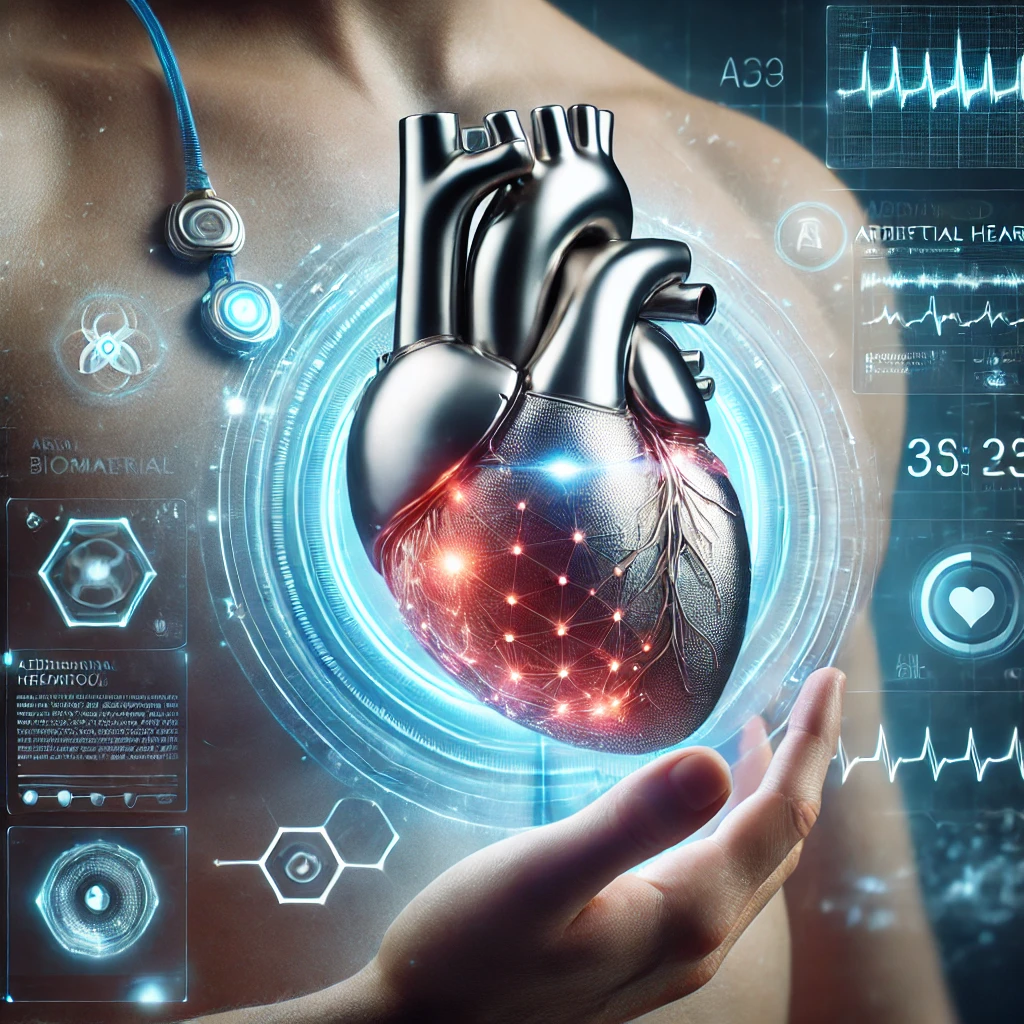
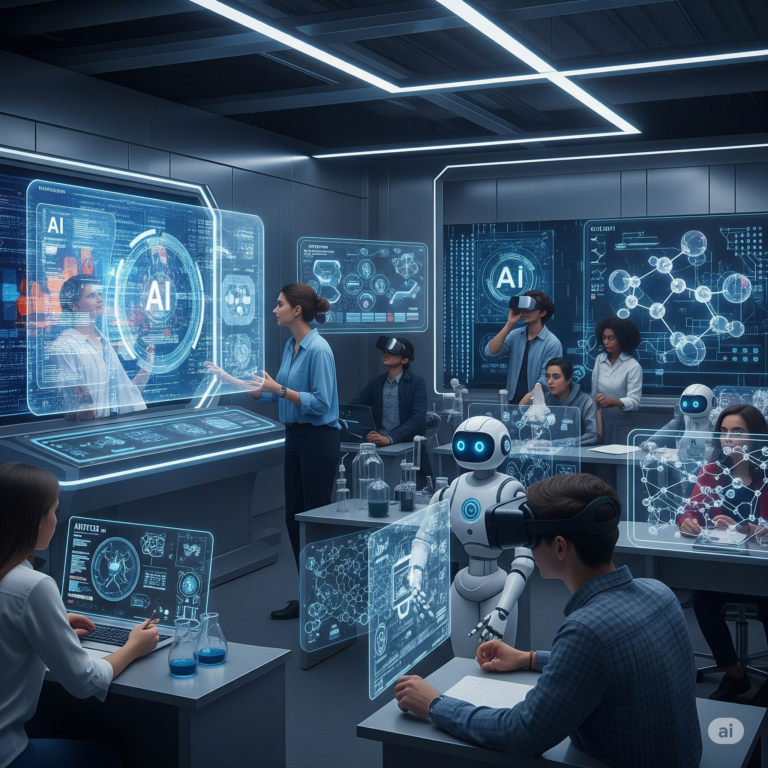

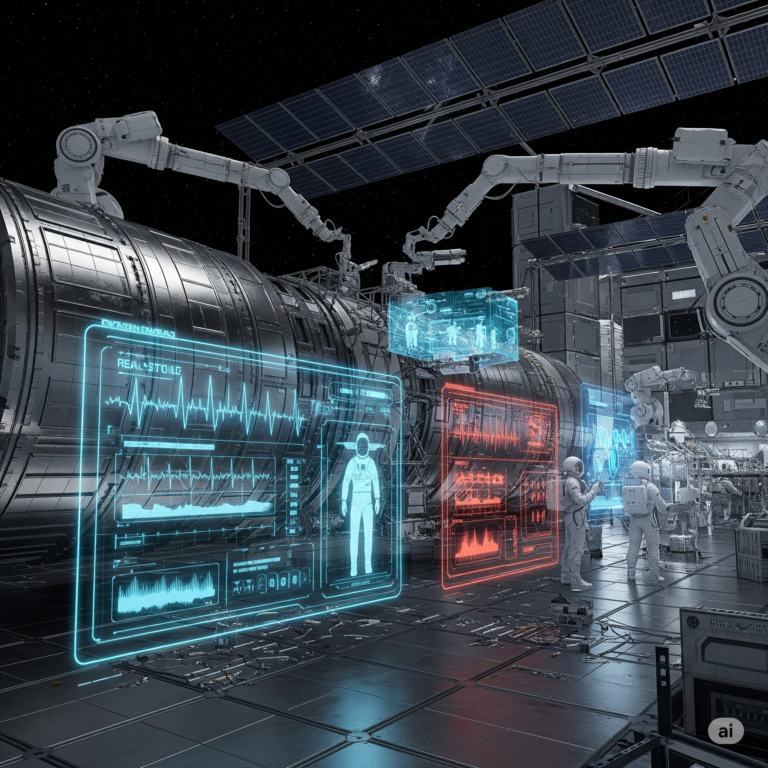
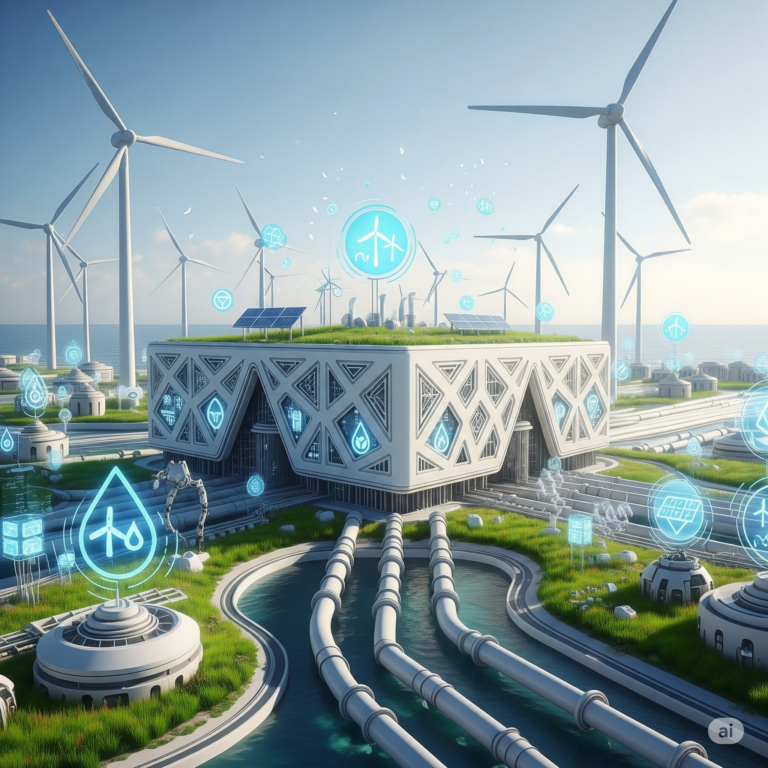
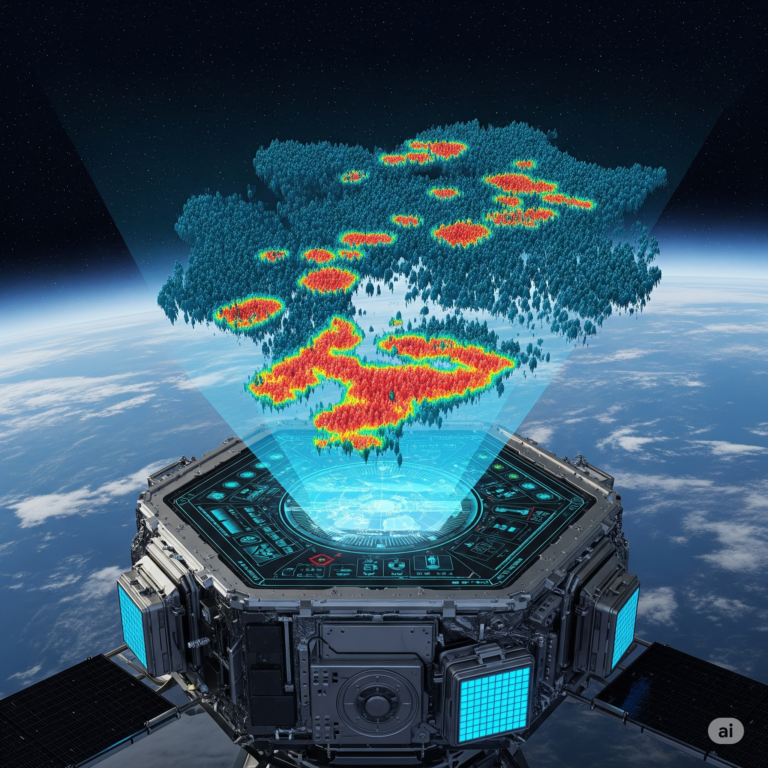


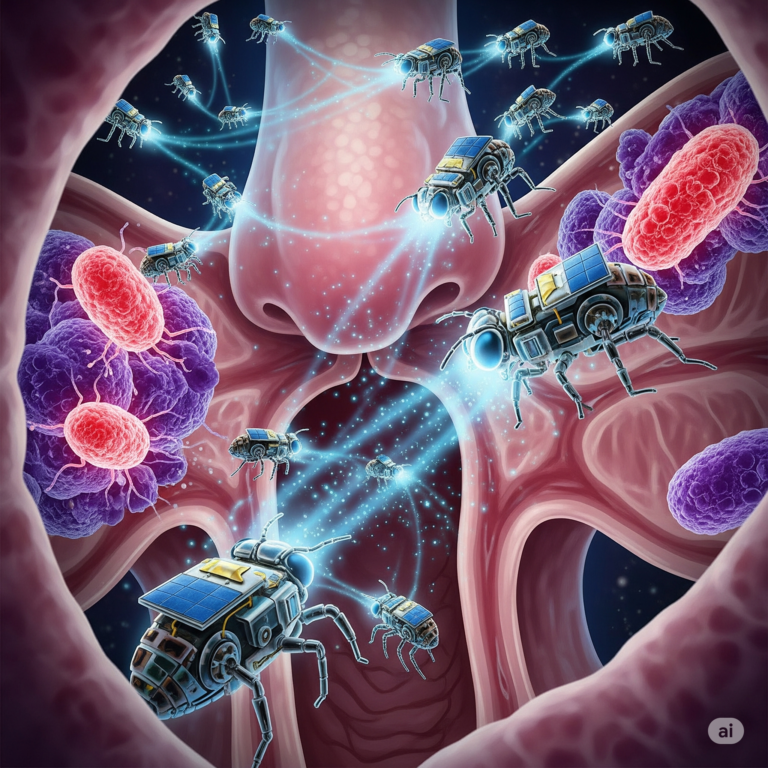
+ There are no comments
Add yours